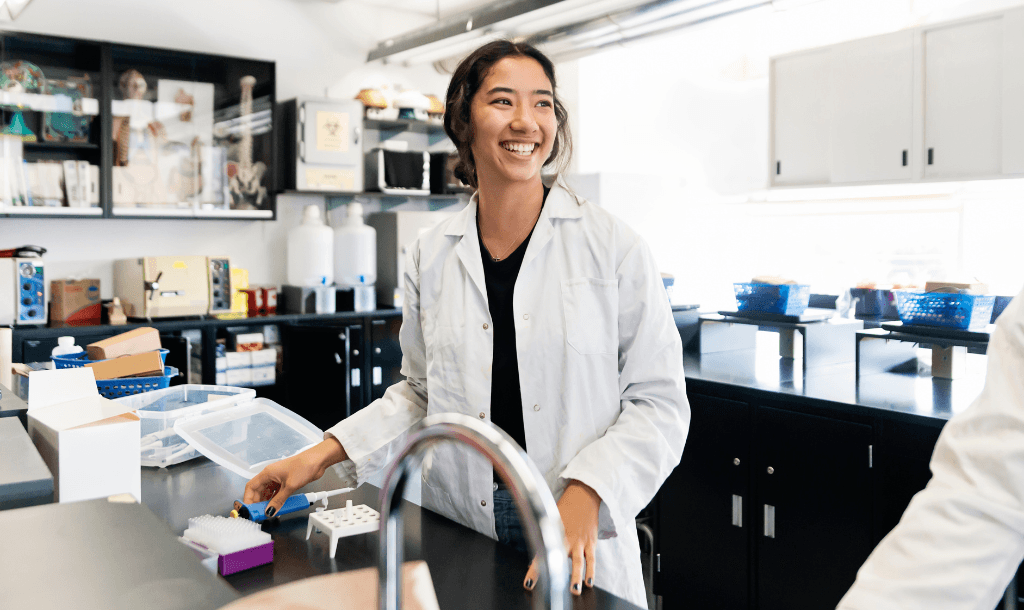Businesses have been using AI for a long time now to gather insights into their data and make strategic decisions, however recent generative AI improvements have brought the power of AI into the public’s hands like never before. As a certain spider once said, with great power comes great responsibility.
Generative AI technologies can now be used to create almost any type of content you can imagine; everything from a poem about pineapples to music in the style of Mozart, and even three-dimensional models of motorbikes. However, the legal and human issues these technologies create are far less inspiring.
At its core, generative AI models are trained on large datasets of predominantly human generated works in order to generate new works, which are “inspired” from works within the training dataset. This approach raises several important legal questions, including:
- Are companies allowed to train an AI model on content which they do not own? Particularly considering much of the content is not in the public domain, and is arguably covered by copyright.
- Once a model has been trained, who owns the content the model produces, and can it be used without infringing the IP of others?
- Can you own and protect the output from an AI model?
This is not to mention the ethical and fairness issues of using the creative works of others without compensation.
Many of these issues are currently being litigated in courts around the world, and it would take a lengthy manuscript to cover each issue in detail here, but here are three key issues to be aware of:
Intellectual property laws vary from country to country
Whilst there are international agreements on copyright provided under the Berne Convention, there are still significant differences in copyright laws in different countries. This is particularly important when it comes to issues like relying on “fair use” as a defence to copyright infringement.
Copyright is also only a small piece of the puzzle and depending on how you are using AI, you may need to also consider local and international laws covering moral rights, consumer protection such as the Fair-Trading Act and the tort of passing off, breach of contract, violations of the Digital Millenium Copyright Act (DMCA), and unfair competition laws to name a few.
AI generated content can (and frequently does) produce protected content
It has been shown that AI generated content can in some cases reproduce wholesale a piece of content included in its training dataset. Notwithstanding this, using generative AI does not allow you to use the AI generated content without risk of infringing potential patents, trademarks, registered designs and copyright.
The use of a generative AI may prevent you from asserting copyright in the generated works
Most guidance from overseas markets at this stage is that to be copyright eligible, the creative work requires a human author. Prompting an AI to generate content is unlikely to meet the human authorship standard. The extent to which you can claim copyright is likely to be limited to a detailed analysis of exactly what the human inputs where, when compared to the computer-generated outputs.
New Zealand is a potential outlier here, but that is a discussion for another day.
What can be done to reduce Risk?
Despite these issues, there are practical steps that can be taken to reduce your risk in using AI generated content. These include:
- Searching to determine how different your AI generated content is from existing, potentially protected works.
- Ensuring that key issues such as privacy and confidentiality are not breached by your use of the AI.
- Fact checking the outputs of the AI.
- Ethical use of the AI, including not using the AI as a tool to copy or mimic the art style of another person or company.
- Keeping detailed records of what the generative AI was used for. Including details of prompts, intermediate outputs, manual edits etc.
Since generative AI technologies can be used in a seemingly endless number of different applications, your risk exposure will be dependent on exactly what you are using these technologies for and what precautions you are able to take to reduce your risk.









